September 2016
September 30, 2016
Cremain Frisbees
When "Steady" Ed Headrick, inventor of the Frisbee, died in 2002, he left instructions in his will that he wanted his ashes to be incorporated into discs so that he could fly like a frisbee. His wishes were honored, and you can still buy a set of these cremain frisbees at the Disc Golf Association for $200.Discraft, the company that made the "Steady" Ed Memorial Frisbees, explained: "We understand that some people may not want to play with the discs and they might end up on a wall as collectibles. Therefore, we are selling the discs as sets of two so that you can at least play with one and keep the other in a pristine state."

There's also a single Steady Ed Cremain Frisbee with a different design for sale on eBay, currently going for $89.99.
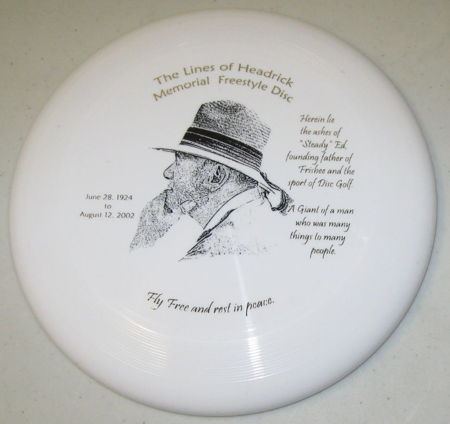
Posted By: Alex - Fri Sep 30, 2016 -
Comments (1)
Category: Death, Sports
Follies of the Madmen #294
My favorite part is when this fellow puts his clasped hands to his cheek like a maiden about to faint.
Posted By: Paul - Fri Sep 30, 2016 -
Comments (3)
Category: Business, Advertising, Products, Food, Stereotypes and Cliches, 1950s
September 29, 2016
Atomic Shave
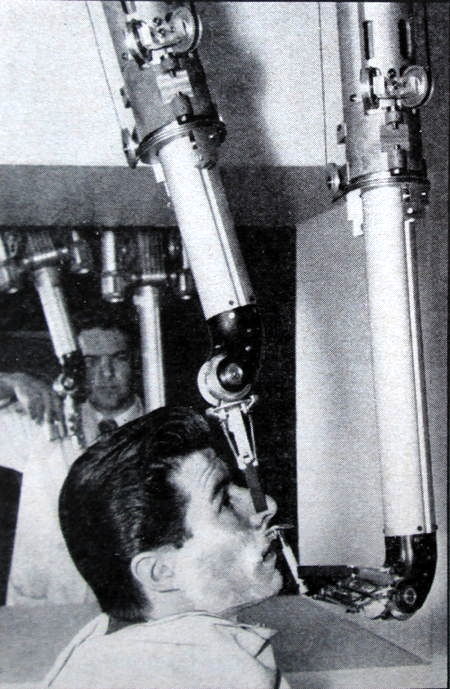
Source: Newsweek - Mar 18, 1957
Posted By: Alex - Thu Sep 29, 2016 -
Comments (6)
Category: 1950s, Hair and Hairstyling
Richie Jackson Skateboarding
Four million views, but perhaps new to YOU!
Posted By: Paul - Thu Sep 29, 2016 -
Comments (1)
Category: Bicycles and Other Human-powered Vehicles, Eccentrics, Human Marvels, Sports
September 28, 2016
Well-known billionaire cashes 13-cent check
Back in 1990, Spy magazine conducted an experiment in "comparative chintziness." Its goal was to find out "Who is America's cheapest zillionaire?" Or, put another way, "how cheap are the rich?"To determine this they sent various rich people each a check for 13 cents, and then waited to see who would actually cash such a tiny check. Two people did: Donald Trump and the Saudi Arabian businessman Adnan Khashoggi.
And yes, they made sure to send the checks to the home addresses of the rich people, and not to their accountants. So that the recipient would have to do a little bit of work to cash the check.
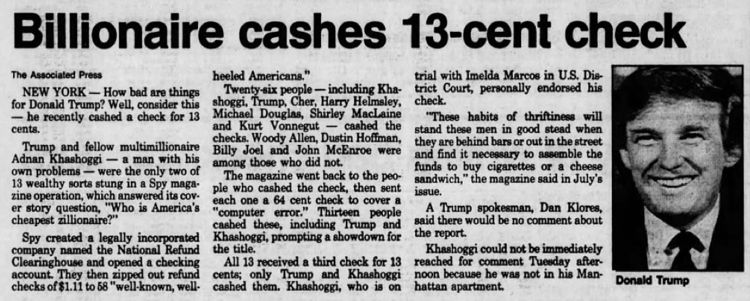
Springfield News-Leader - June 6, 1990
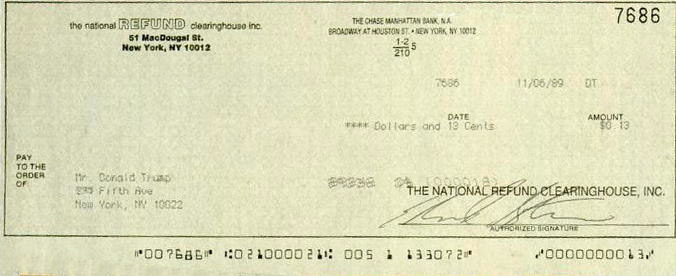
Posted By: Alex - Wed Sep 28, 2016 -
Comments (12)
Category: Money, 1990s
Akmo Hair Grower

Unlike most patent remedies, there is no information that I can find for Akmo. I wonder what ingredients were in it.
Original ad here.
I assume it could be safely used with this product.
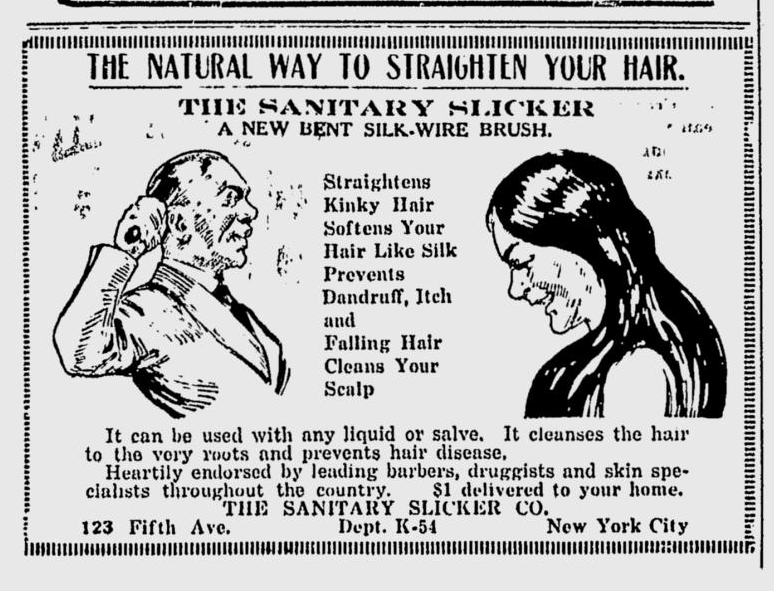
Second ad here.
Posted By: Paul - Wed Sep 28, 2016 -
Comments (0)
Category: Patent Medicines, Nostrums and Snake Oil, 1920s, Hair and Hairstyling
September 27, 2016
School chief shot a moon
October 1978: Cleveland School Board President John E. Gallagher Jr. was charged with a misdemeanor and fined $100. The prosecutor explained the reason for the charge to the press: "He shot a moon — that's what he did." A state trooper had witnessed Gallagher, who was a passenger in a car driving north along I-271, pull his pants down and expose his bare buttocks to his brother, who was driving in a passing car. Gallagher pleaded no contest.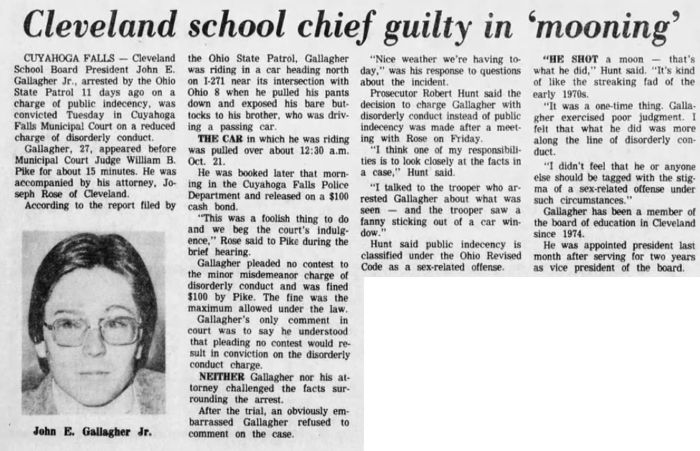
The Akron Beacon Journal - Nov 1, 1978
Posted By: Alex - Tue Sep 27, 2016 -
Comments (3)
Category: School, 1970s, Pranks
Nation’s Ugliest Students

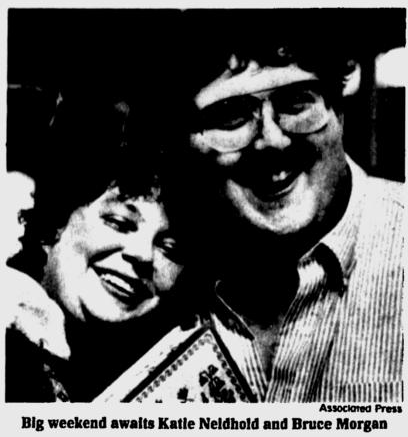
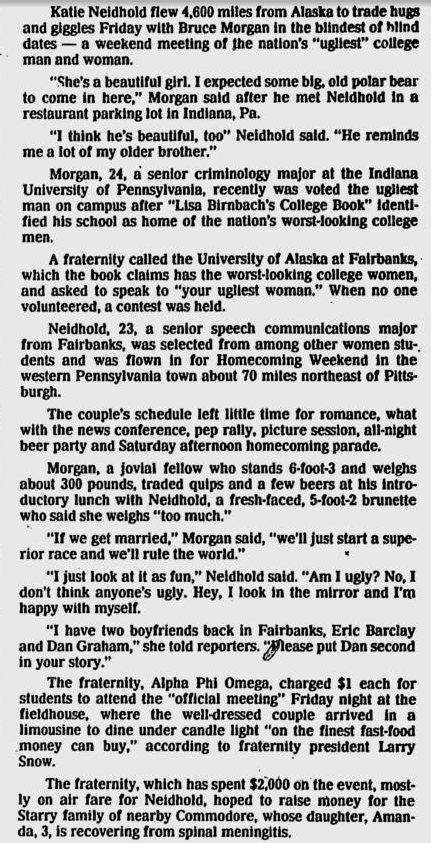
Holy Microaggressions, Batman! Imagine the stink such a stunt would cause today. Which generation of students seems more resilient, well-adjusted and good-natured to you?
Original article here.
Posted By: Paul - Tue Sep 27, 2016 -
Comments (4)
Category: Beauty, Ugliness and Other Aesthetic Issues, Contests, Races and Other Competitions, 1980s, Universities, Colleges, Private Schools and Academia
September 26, 2016
Operation Sleep
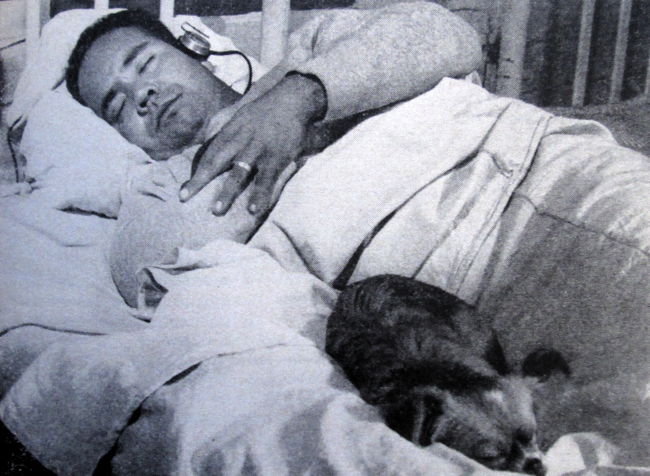
In 1957, the Woodlake road camp prison in California began an experiment in convict rehabilitation. It was called "Operation Sleep." The idea was to use sleep learning to reform convicts. As the prisoners slept, they heard the soothing voice of a psychiatrist speaking the following script:
I am truly happy. I give my life to my family, to my friends, and to the world. I am filled with love and compassion for all, so help me God.
The script had been written by the County's Public Defender, John Locke, with help from a local Presbyterian minister, Rev. Glen Peters, and a hospital therapist, Robert C. Lally. They described Operation Sleep as "a type of brain-washing — but not the type used by the totalitarians."
Unfortunately, there doesn't seem to be any data on whether the experiment actually had an effect of criminal behavior. The superintendent of the prison noted, "We have had excellent cooperation from the inmates. But of course, it is too early yet to tell what effect it will have. We won't know until after the men have been released and face the temptations of freedom again."
The picture at the top is from Newsweek (Dec 30, 1957), and shows one of the prisoners who participated in the experiment. The fact that he's sleeping with a dog seems a little strange. I guess the inmates got to keep pets in this prison.
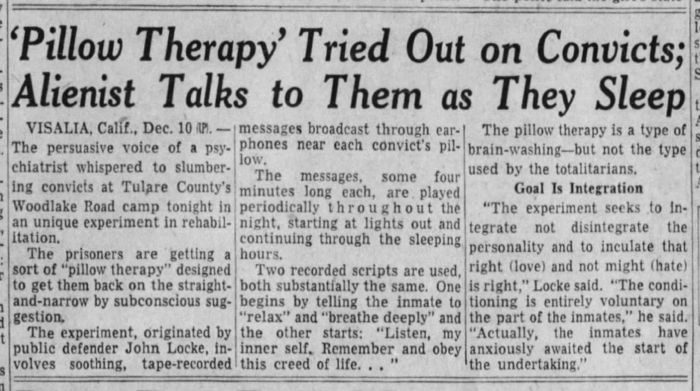
Wilmington Morning News - Oct 11, 1957
Update: I found a news story from 1961 offering a 3-year update on Operation Sleep. I'm actually surprised that the prison kept the experiment going for that long. Public defender John Locke claimed that the experiment had been showing positive results, but said they needed to keep it going for another 3 years to be sure. From the Ottawa Citizen - Feb 21, 1961:
Almost from the beginning though, the guards at the road camps noticed that the young inmates did not cause the same amount of trouble they had created formerly and were surprised when prisoners started coming to them for counsel.
What is probably most indicative of the therapy's effect is the decrease in alcoholism revealed by surveys among ex-prisoners.
Posted By: Alex - Mon Sep 26, 2016 -
Comments (3)
Category: Prisons, Sleep and Dreams, 1950s
Follies of the Madmen #293

Death-dealing war instrument of mass destruction compared to treasured hymn.
Original ad here.
Posted By: Paul - Mon Sep 26, 2016 -
Comments (6)
Category: Death, War, Armed Forces, Weapons, Advertising, 1970s
| Get WU Posts by Email | |
|---|---|

| Who We Are |
|---|
| Alex Boese Alex is the creator and curator of the Museum of Hoaxes. He's also the author of various weird, non-fiction books such as Elephants on Acid. Paul Di Filippo Paul has been paid to put weird ideas into fictional form for over thirty years, in his career as a noted science fiction writer. He has recently begun blogging on many curious topics with three fellow writers at The Inferior 4+1. Chuck Shepherd Chuck is the purveyor of News of the Weird, the syndicated column which for decades has set the gold-standard for reporting on oddities and the bizarre. Our banner was drawn by the legendary underground cartoonist Rick Altergott. Contact Us |

